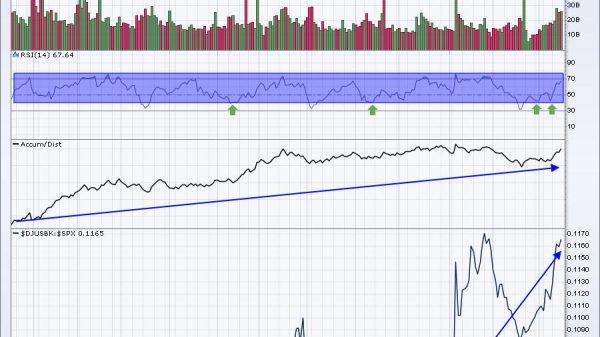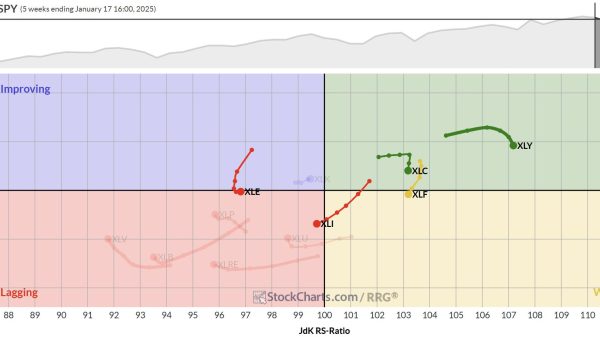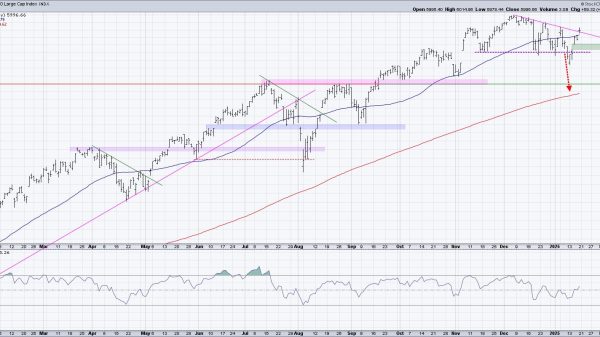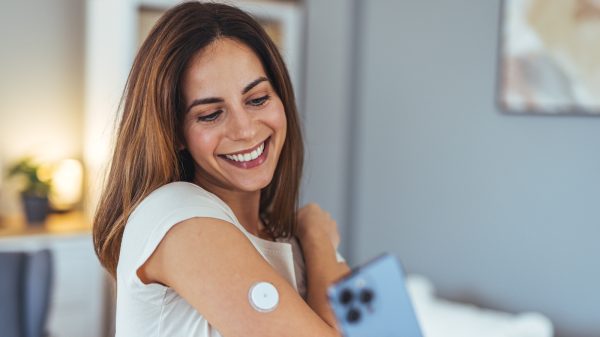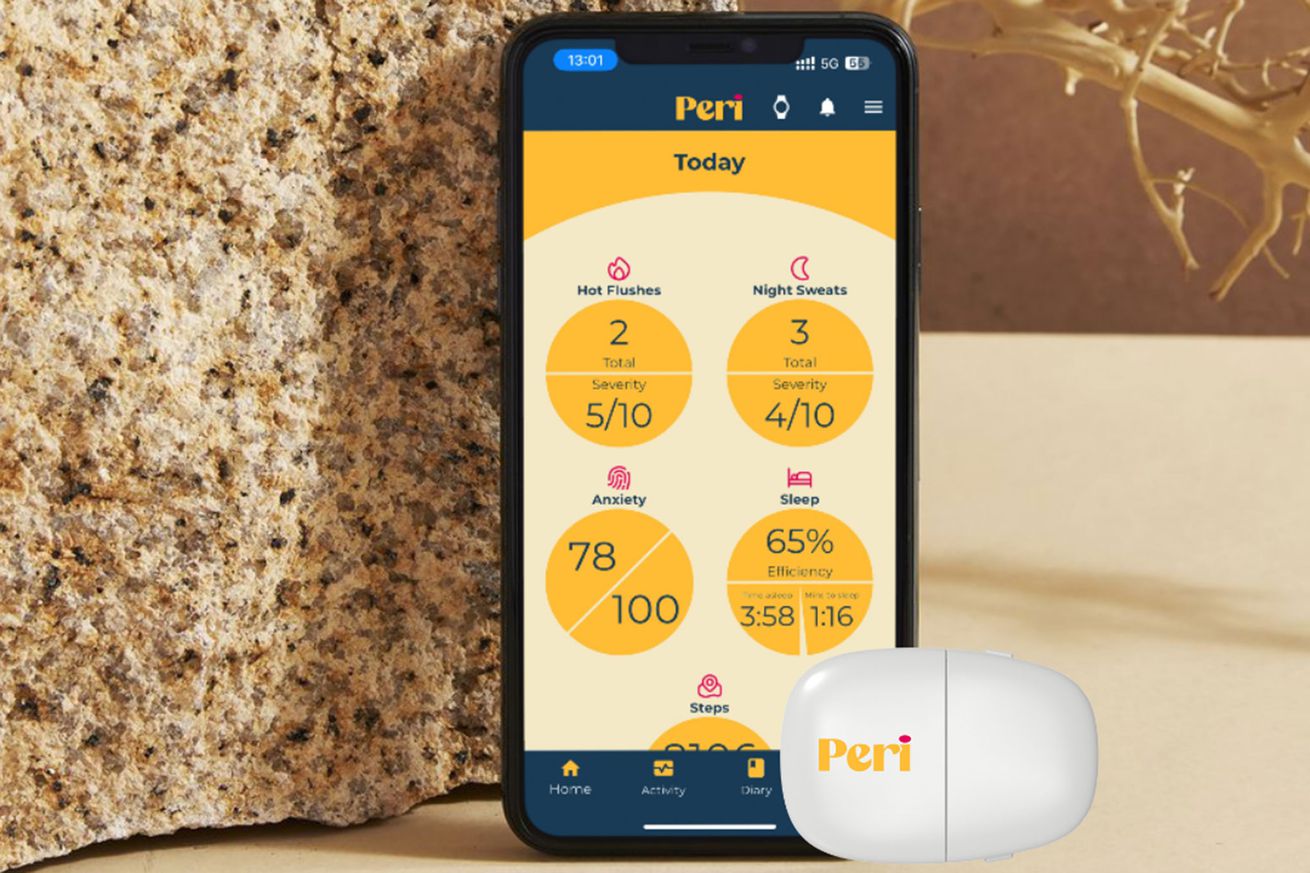
When it comes to reproductive health tech, wearable makers tend to focus on one of two things: period tracking and fertility windows. But at CES 2025, health startup identifyHer wants to shake up that narrative with Peri, a wearable designed to help people track and manage perimenopause symptoms.
Perimenopause refers to the transitional period before menopause when the ovaries gradually stop working. Hormones like estrogen and progesterone begin to decrease, which, in turn, can lead to mood changes, irregular periods, hot flashes, and night sweats. Perimenopause symptoms can vary widely from person to person and last four to eight years on average — though it can be as short as a few months or as long as a decade.
Peri’s press release notes that the device will provide “objective data on perimenopausal symptoms, lifestyle, and sleep, as well as actionable insights and encouragement to better understand the changes their bodies are undergoing.” In official pictures, the device itself appears to be pill-shaped and adheres to a person’s torso as opposed to their wrist or finger, like most other health trackers.
“We will keep the specific sensors confidential until we open pre-orders,” says Peri cofounder Heidi Davis, though Davis acknowledges that none of the sensors in the device are new or proprietary. “Our breakthrough lies in the digital fingerprints we have identified through three years of R&D, collecting sensor data from women experiencing perimenopause.”
Davis says those “fingerprints” were then used to develop algorithms that provide continuous data on hot flashes, night sweats, and anxiety in perimenopausal women. One surprising finding, Davis says, is that body temperature isn’t a reliable indicator of hot flashes. Extra effort was also put in to ensure the algorithms weren’t swayed by things like exercise or warm weather, which could affect heart rate, sweating, or increase body temperature.
/cdn.vox-cdn.com/uploads/chorus_asset/file/25820427/Peri_Where_perimenopause_meets_progress....jpg)
Image: Peri, identifyHer
Davis says identifyHer also intentionally decided to forgo a limb-based tracker.
“During the early stages of development, we tested our sensors on the limbs but found that we could not identify the digital fingerprints for some of the typical symptoms of perimenopause,” Davis explains, noting that the torso delivers the most accurate readings and is where hot flashes and night sweats are strongest.
As promising as this all sounds, none of Peri’s tech is proven just yet. We’ll have to see how Peri fares when it launches, which is expected to be in mid-2025. That said, its mission to bring further clarity to women’s reproductive health — a historically understudied area — is one wearable makers and researchers alike have widely pursued in recent years. Oura, for instance, has conducted its own study on pregnancy prediction, while Apple also launched its own long-term, large-scale Women’s Health Study using the Apple Watch. It’s just finally nice to see some traction on a less-studied stage of reproductive health.

